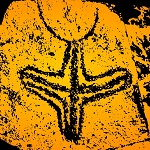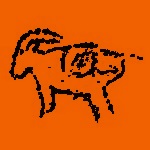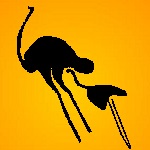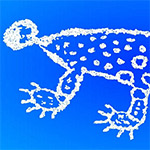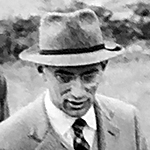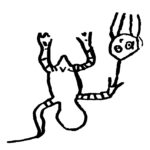 This short note discusses a possible addition of a “Trophy” Head petroglyph at Toro Muerto, southern Peru. Toro Muerto has the biggest concentration of “Trophy” Head petroglyphs in the Desert Andes. This paper suggests that another example can be added to the grand total, but simultaneously proposes that this new (possible) find – and many other panels at Toro Muerto – should be photographed in optimal circumstances to ascertain its identification.
This short note discusses a possible addition of a “Trophy” Head petroglyph at Toro Muerto, southern Peru. Toro Muerto has the biggest concentration of “Trophy” Head petroglyphs in the Desert Andes. This paper suggests that another example can be added to the grand total, but simultaneously proposes that this new (possible) find – and many other panels at Toro Muerto – should be photographed in optimal circumstances to ascertain its identification.
By Maarten van Hoek




